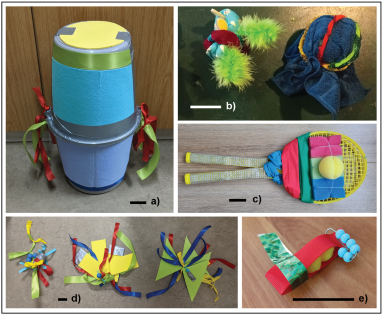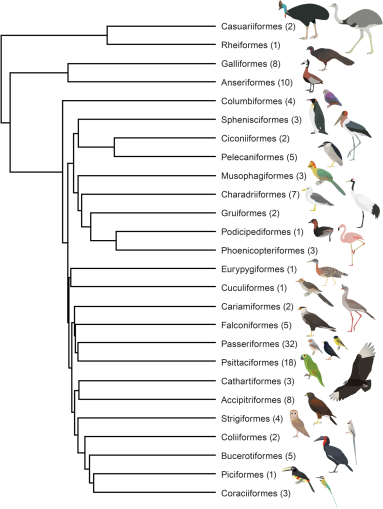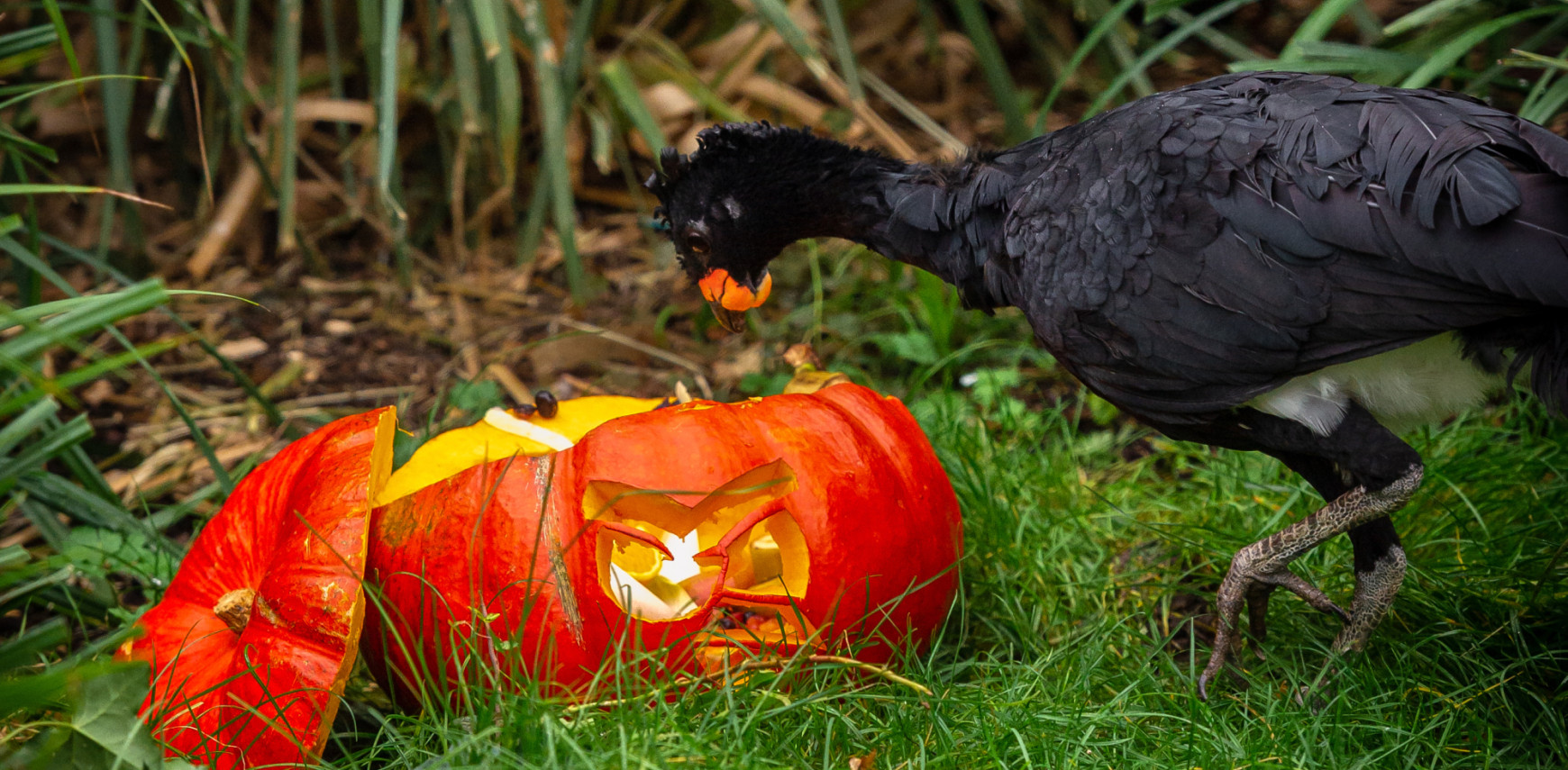Why some birds fear the new: What a global study teaches us about neophobia
Why do some birds boldly explore new objects, while others hesitate or stay away? A major new international study, published in PLOS Biology, has taken a deep dive into this question and revealed that a bird’s diet and migratory behaviour play a key role in shaping its fear of novelty, known as neophobia.
Our team at Zoo Antwerpen and Zoo Planckendael, contributed to this extraordinary collaboration by studying no less than 13 unique bird species, from cinereous vultures and southern cassowaries to white-faced whistling ducks and red-billed curassows. Together with researchers from 82 institutions in 24 countries, we helped uncover the hidden rules behind how birds respond to the unknown.
What is neophobia and why does it matter?
Neophobia is the fear or hesitation animals show when faced with something new; whether it’s a new food, object, or environment. It is an evolutionary balancing act: being cautious can protect an animal from danger, but it can also limit opportunities to explore or adapt.
In the wild, and in zoos, this balance matters. Animals that are too cautious may miss out on enrichment opportunities, new foods, or environmental changes. On the other hand, being too bold can bring risks. Understanding this balance helps us design environments that promote both safety and curiosity.
The world’s largest study of bird behaviour
Led by the ManyBirds Project , a global research network uniting scientists to study bird behaviour and cognition, this study involved 1439 individual birds from 136 species, covering nearly every type of bird you can imagine.
Each bird was tested with a simple setup: researchers placed a familiar food item in front of the bird, sometimes with and sometimes without a new object nearby. How long it took the bird to approach the food revealed how fearful it was of novelty.

Across all these species, two main patterns stood out: First, birds with specialised diets (that eat only a few specific foods) tended to be more cautious than those with varied diets, and, second, migratory species were generally more fearful of new objects, likely because their journeys expose them to many unfamiliar and potentially risky environments.
Interestingly, when birds were tested together, they were often more cautious than when tested alone. Perhaps because individuals waited to see what others would do first!
The contribution from Zoo Antwerpen and Zoo Planckendael
At our zoos, we tested an exciting range of species, including secretary birds, southern cassowaries, marabou storks, blue-eared honey eaters, Sclater's crowned pigeons, European white storks, white-faced whistling ducks, blue-naped mouse birds, Fischer's turacos, grey-winged trumpeter birds, red-billed curassows, cinereous vultures, and griffon vultures. We made a critical contribution by providing data on species that were otherwise not represented in the global study. These tests were not only part of a global research effort but also helped us better understand how individual zoo birds react to novelty in their daily environments.

For example, knowing which bird species are naturally more neophobic can guide how we introduce new enrichment, of food types, or how to change their exhibits. It reminds us that what looks like “disinterest” may actually be caution and that giving birds time to get used to something new is an important part of good welfare practice.
Why this matters for zoos and conservation
This global collaboration sheds light on how personality traits like curiosity and fear shape animal welfare and adaptability. For zoos, it offers a new perspective on how species differences influence responses to change, whether that’s a new enrichment item, a new keeper, or a new habitat design.
By recognising that some birds naturally “chicken out” while others dive right in, we can design environments that support both comfort and exploration, helping every bird thrive.
Want to know more?
You can read the full paper in PLOS Biology. And if you visit Zoo Antwerpen or Zoo Planckendael, take a moment to notice how each bird reacts to something new. You might just spot the science of neophobia in action!

